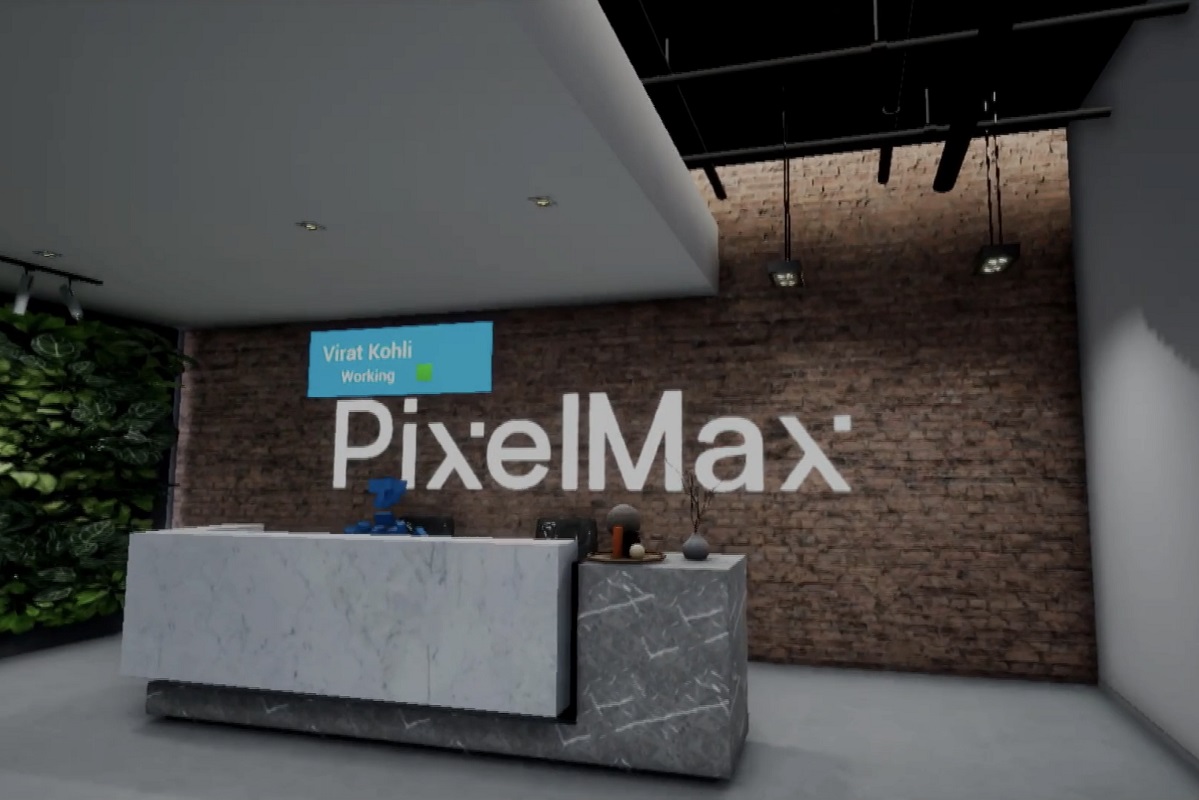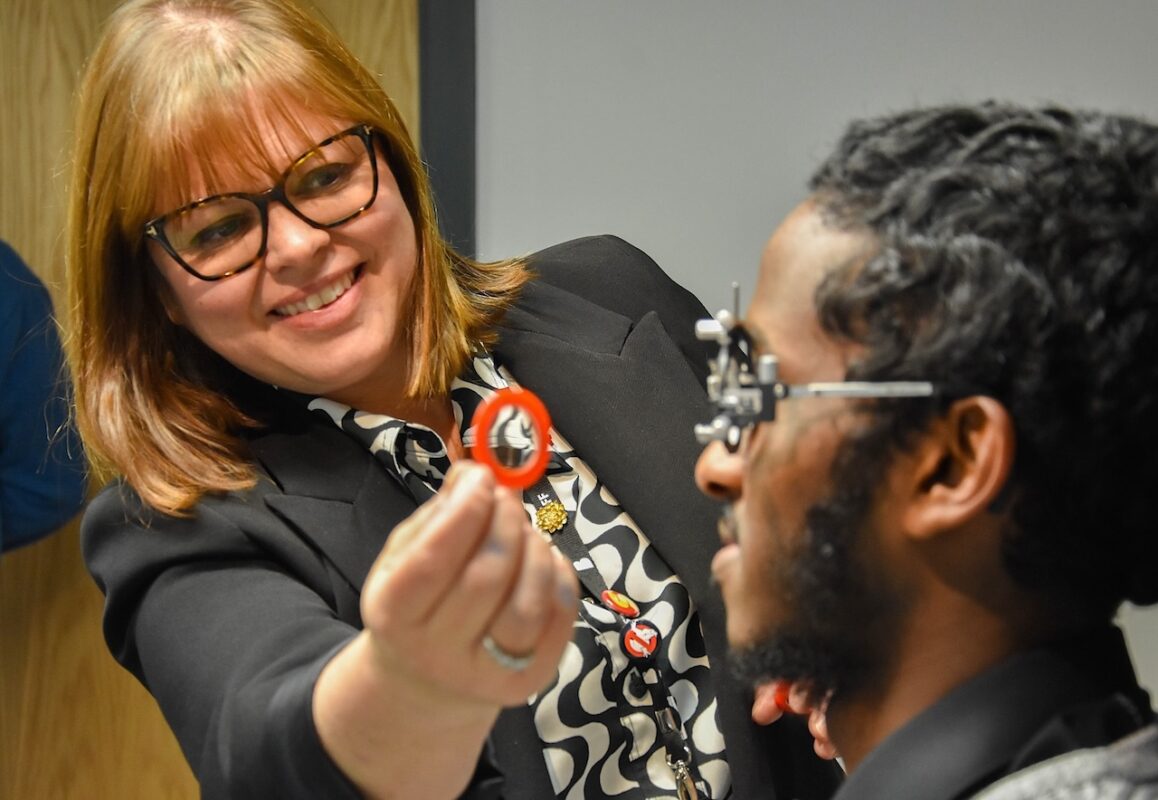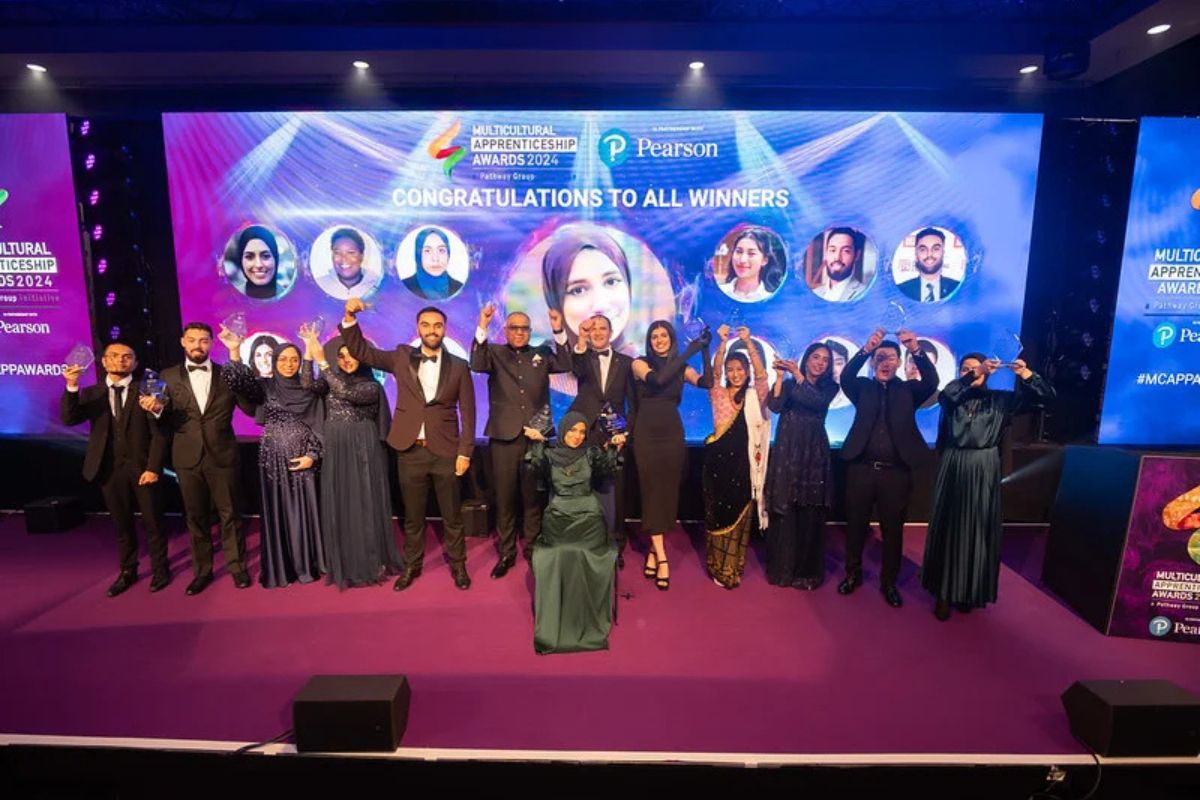VIRTUAL WORKPLACES WILL DRAMATICALLY REDEFINE THE OFFICE & WORK CULTURE OF THE FUTURE

British tech innovators PixelMax have outlined their vision for the hybrid work revolution and the future of the virtual workplace metaverse in a ground-breaking blueprint that will reshape how the workplace and office of the future will evolve.
With so much attention and media chatter on what the metaverse will look and feel like, PixelMax have not only outlined their visionary plans, but have also been innovating and developing in this space for the past two years.
Entitled ‘The Virtual Workplace – Enter The Metaverse’, the report outlines its vision for the virtual workplace, including how the office and work culture of the future will adapt to change.
At the core of its thinking is how businesses and economies are future proofed to deal with changing dynamics of workforces, consumer demand and global events, such as future pandemics. It goes further to outline the importance of how this will impact employee well-being, mental health and work-life balance – all of which play crucial roles in shaping the virtual workplace we work in, as well as how we hire and retain the best employee talent.
In turn, this also affects wider issues of global warming and climate change because of individual and workplace carbon footprints.

PixelMax defines the virtual workplace as ‘a virtual space that enables employees and wider communities to effectively communicate, collaborate and co-create regardless of location’.
Every company will eventually have a hybrid of the virtual workplace. BMW, for instance, has already partnered with Nvidia to build a virtual factory as a digital twin: a virtual representation and real estate of its physical assets, systems and processes. The possibilities for car manufacturers to have virtual showrooms, as well as training centres for technicians and engineers, are endless.
Manchester-headquartered PixelMax are innovators in building 3D worlds, digital real estate and online corporate assets, creating immersive multi-platforms. This can range from building the #WePlayStrong UEFA Women’s Champions League final fan engagement event in an immersive world, to a multiple blue-light emergency services simulation and training exercise with first responders and mass-casualty incidents for the ATACC Group.
2020 dramatically changed the way we worked.
Practically overnight, businesses were forced to adopt a remote-first work model – and employees, businesses, Governments and students were all forced to grapple with the worlds of Microsoft Teams and Zoom. A dramatic sea change, which under normal circumstances would have likely taken years, was accelerated exponentially. Zoom and Teams were not built to become the sole form of communication in everyday life, as exemplified when people regularly disengaged from the platforms, turning their cameras off during video calls.
The overnight shift allowed businesses and global economies to conduct a degree of normality in business life and enabled global economies to retain some functionality, albeit in ‘limp-mode’. With this dramatic new way of working came issues of connectivity, ‘Zoom fatigue’ and working in a 2D environment, not to mention the mental health issues that came pre-packaged with this imperfect way of business and workplace communication.
What this did do, however, was open our eyes to the benefits of remote working and greater work-life balance. It meant not spending two hours commuting every day, saving hundreds of pounds in car parking, fuel and travel costs, all of which contribute on a daily basis to global warming and climate change. At the same time, air quality in the majority of cities drastically improved during the lockdown period and air pollution was at record-low levels in 2020. The sea change in the workplace environment also showed how vulnerable businesses and global economies were to a pandemic. Lockdowns had huge impacts on companies, management of employees, their productivity and output. Supply chains, logistics and fulfilment were all impacted. 2020 showed our vulnerability to a physical virus and the impact of a post-Brexit economy.
PixelMax focused its technical expertise and development on multi-user cloud deployment, partnering with AWS and other cloud service providers during the pandemic. This enabled PixelMax and its clients to host and showcase virtual conferences and global events that companies, employees and delegates could attend virtually. During this period, PixelMax saw exponential growth and garnered several awards, including the Top 10 Manchester-Based Start-Ups to Watch in 2021, a list created by EU Start-Ups. More recently, the company was highly commended in the Rapid Growth category at the Prolific North Tech Awards.
The PixelMax report was borne from analysing how 2020 impacted the office and workplace environment. It led its three visionary founders, Shay O’Carroll, Andy Sands and Rob Hilton, to understand how the virtual workplace could become a hybrid: the new enterprise metaverse. The virtual workplace metaverse of the future will exist in a virtual and real-world parallel, a mixed and immersive reality. There is a popular belief that virtual reality has to be viewed and experienced using VR Headsets or 3D glasses, but this is not the case. The mixed immersive reality of the virtual workplace is entered through your computer, laptop, smartphone or smart device, making it accessible to the entire workforce.
Prior to Covid, around 85% of employees were in the office working every day/most days, with around 42% of the workforce conducting remote working once a week and around 32% never having remote-worked from home before.
Post Covid, the preference for future working is quite revealing, with 32% wanting to work remotely every day and 52% wanting to work two to three days remotely. Only 12% want to work remotely once a week. This demonstrates that over 84% of the workforce want a hybrid model for the future.
The benefits of a hybrid workplace to the corporate workplace are immense, with increased productivity from employees, reduced absenteeism, happier and more productive employees. With increased employee well-being comes higher staff retention and improved performance, as well as an attractive brand culture to work for.
The virtual workplace metaverse will allow:
- Companies to create, design and own their virtual workplaces alongside their physical offices or workplace.
- To create a virtual workplace that is a true representation of company brands, values and cultures.
- To provide an engaging hybrid experience for productivity, where employees co-create regardless of their location.
- A platform that encourages a positive company culture and work environment that brings together and energises remote and hybrid teams.
- The virtual workplace that incorporates third-party platforms all in one place. Applications such as Slack, YouTube and Dropbox can all be integrated and linked seamlessly for work productivity and integration.
- Dedicated employee well-being areas and activities. Access to on-demand physical well-being where employees can meditate, do yoga or Pilates classes and receive mental health counselling.
- A virtual workplace that allows for some separation between home and work environments, where staff can have the experience of walking into and out of a virtual office each day. The current lack of separation between home and office is a widely documented challenge of home working.
- Employees can order food and drink in their virtual workplace and have it delivered to their physical or virtual workplace location.
The virtual workplace will also have an impact on global warming and increasingly, companies and employees are being asked to consider their own carbon footprint reduction.
Reducing commuting and business travel generally would lead to a decrease in air pollution for the environment and credits towards carbon reduction programmes. The average employee can save around £1,234 per annum on fuel costs and around £500 per annum on parking and congestion charges, as well as air pollution taxes.
The virtual workplace means the average person will also save on average around two hours per day commuting, which equates to around 10 hours per week in productivity.
PixelMax is not advocating such a radical change that the ‘in-person’ real-world of the office or workplace will cease to exist; quite the contrary, as we all need human physical interaction. In the gaming world, this has been achieved. It is the immersing and embracing of technology and the real world to create the perfect hybrid enterprise metaverse for the office or workplace of the future that creates the perfect balance.
Founded in 2019, PixelMax has changed how organisations network, promote, inform and educate its users. Their 3D immersive communications platform has been used by brands like UEFA to deliver world-first virtual events.
Their latest product offering is the virtual workplace. PixelMax integrates an organisation’s physical and remote working environments to enable the hybrid workplace of the future. Hybrid is now a necessity, PixelMax energise this, making it engaging and fun.
PixelMax has created an enterprise version of the most immersive gaming experiences, allowing organizations to produce compelling and engaging virtual workplaces that meld seamlessly with the physical world. This allows a business to project its personality, creating an experience that is the embodiment of both the organisation and individual.
As a PaaS, PixelMax will provide a platform that any third party can seamlessly integrate with to further enhance the overall experience and deliver a true unified workplace, with everything finally in one place.

PixelMax was founded by three entrepreneurs, Andy Sands, Shay O’Carroll and Rob Hilton in 2018, trading as Imagin3D.
Andy’s role is Head of Technology and he’s an experienced technical development manager with a proven track record of successfully managing 3D technology teams in high growth environments. He is passionate about the use of immersive technologies to enhance and improve existing processes and experiences with proficiency of achieving this across multiple industries such as education, health and manufacturing. What drives Andy is innovation and disruptive technologies, not for a gimmicky, prescriptive use but using something new to improve a process, a workflow or a way of life.
Shay, who’s the Head of Sales at PixelMax, has extensive levels of experience working in various businesses throughout the UK. In his last role, Shay built the 3D technology sales division of an established communications service provider, which enabled the business to grow from £800k to £3.1m revenue in just three years. He’s overseen several award-winning projects in the immersive technology space and led one of the first major virtual reality pilots on the governments Manufacturing Made Smarter programme in 2020.
Rob was a senior programme director who was heading up the Project, Programme & Commercial Management Practice globally for Mott MacDonald. He has recently left Mott MacDonald after circa 15 years to become the CEO of PixelMax. Rob brings with him over 20 years’ of successfully leading, assuring, governing and delivering complex mega projects across a multitude of sectors. He has worked with many blue-chip companies both UK and internationally. Rob is a dynamic leader who is personable, driven and conscientious with a focus on stakeholder development and management. His career has been shaped as a result of over 20 years of successful delivery and growth in many sectors.











Responses